 Creepy
Creepy  Creepy
Creepy  Pop Culture
Pop Culture 10 Alternate Takes on Romeo and Juliet
 Travel
Travel 10 Christmas Towns Whose Name Has Nothing to Do with the Holiday
 Miscellaneous
Miscellaneous 10 Newer Christmas Traditions and Their Backstories
 Movies and TV
Movies and TV 10 Adaptions of “A Christmas Carol” That Missed the Mark
 Crime
Crime 10 Social Media Stunts That Ended in Arrests or Worse
 Weird Stuff
Weird Stuff 10 Super Unsettling Finds Dug Up at the Jamestown Colony
 Crime
Crime 10 Surprisingly High-Tech Crimes That Did Not Involve Hacking
 Books
Books 10 Reasons Dickens Would Love “The Muppet Christmas Carol” Adaptation
 Space
Space The 10 Largest Moons of Our Solar System
 Creepy
Creepy Ten Mythical German Beasts Guaranteed to Give You Nightmares
 Pop Culture
Pop Culture 10 Alternate Takes on Romeo and Juliet
 Travel
Travel 10 Christmas Towns Whose Name Has Nothing to Do with the Holiday
Who's Behind Listverse?

Jamie Frater
Head Editor
Jamie founded Listverse due to an insatiable desire to share fascinating, obscure, and bizarre facts. He has been a guest speaker on numerous national radio and television stations and is a five time published author.
More About Us Miscellaneous
Miscellaneous 10 Newer Christmas Traditions and Their Backstories
 Movies and TV
Movies and TV 10 Adaptions of “A Christmas Carol” That Missed the Mark
 Crime
Crime 10 Social Media Stunts That Ended in Arrests or Worse
 Weird Stuff
Weird Stuff 10 Super Unsettling Finds Dug Up at the Jamestown Colony
 Crime
Crime 10 Surprisingly High-Tech Crimes That Did Not Involve Hacking
 Books
Books 10 Reasons Dickens Would Love “The Muppet Christmas Carol” Adaptation
 Space
Space The 10 Largest Moons of Our Solar System
10 Real Life Things That Would Be Easter Eggs in a Video Game
Programmers have been hiding things in video games since 1978, when programmer Warren Robinett decided that he deserved some credit for programming the game Adventure.
He hid the words “Created By Warren Robinett” in a special room that you could only find by following a series of ridiculous steps. Since then, lots of programmers have gotten in on the Easter egg fun.
Well, the following ten places just might convince you that there are programmers in real life, playing with the Earth’s coding and leaving satisfying little Easter eggs for us to find, too.
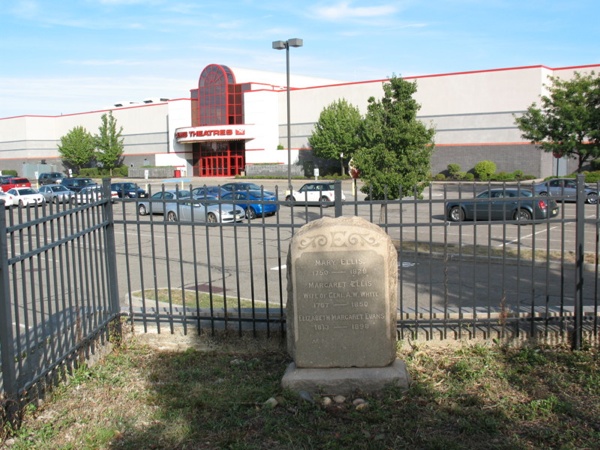
Mary Ellis was promised something—that the man she’d fallen for in Rahway, New Jersey, would sail far away, but one day return to marry her. Mary went to the riverbanks every day, waiting for him to come back. He never did.
When she died in 1827, she was buried on her family’s land. That property was later sold to developers on the condition that her grave remain untouched—and that’s where it has remained ever since.
The land directly around her headstone is now the parking lot of a movie theatre and shopping complex, but there are plans to relocate her grave closer to the riverbanks, so she can keep watching for the sailor to return.
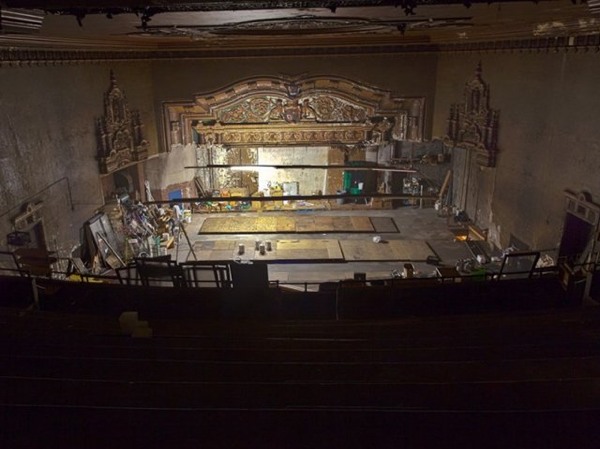
Above an East Village bodega in Brooklyn, New York, a secret lay hidden for decades—the remains of an ornate, Hollywood-style movie theater that was operational from 1926 to 1959.
Only the bodega’s owners—who’d been using the theatre as a glorified storage space—had any idea it was there until the bodega closed, and the theater was rediscovered by a curious photographer.
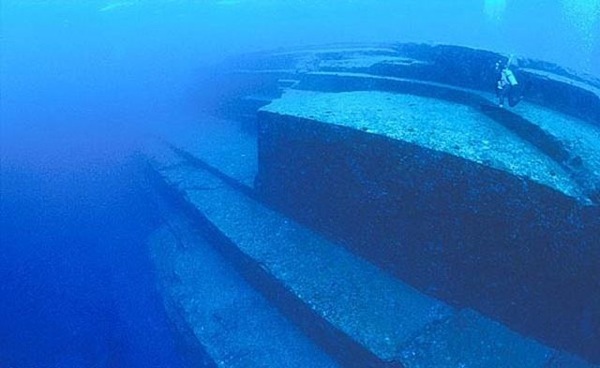
At the bottom of Rock Lake—an 80-foot (24 meter) deep fishing hole in Jefferson County, Wisconsin—are several odd structures resembling pyramids.
Nobody knows how they got there or how long they’ve been around, but they’ve been mapped well enough to know that someone built them—either when the water level was much lower, or when when the Earth was ruled by fish-men.
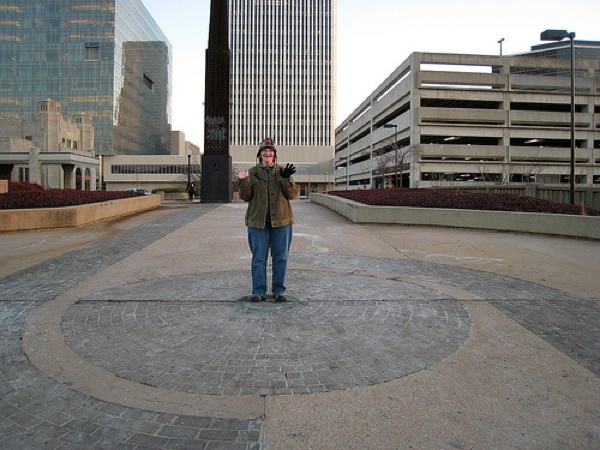
In Tulsa, Oklahoma, there’s a 3-foot (0.9 metre) diameter circle inside a larger 8-foot (2.4 meter) circle that has bizarre acoustics.
When standing directly on the spot, any sound you make is ridiculously amplified, and if you’re standing outside the spot, any noise you make is so muffled it’s almost inaudible. Locals call it “The Center Of The Universe”, though no black holes or temporal disturbances have been reported so far.
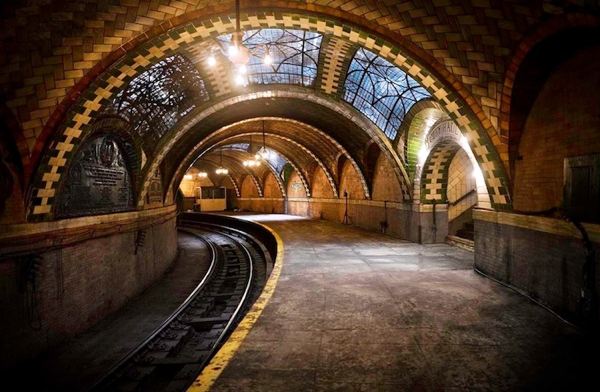
Passengers on the Number Six who get off at the end of the line are missing something—the train loops through a gorgeous, ornate, and completely abandoned station originally built in the 1900s.
Until recently, passengers were made to get off before the loop, but in recent years they’ve been allowed to stay on and are rewarded with this Easter egg. Who doesn’t like a quick burst of mind-blowing artistry to break up their mundane commute?
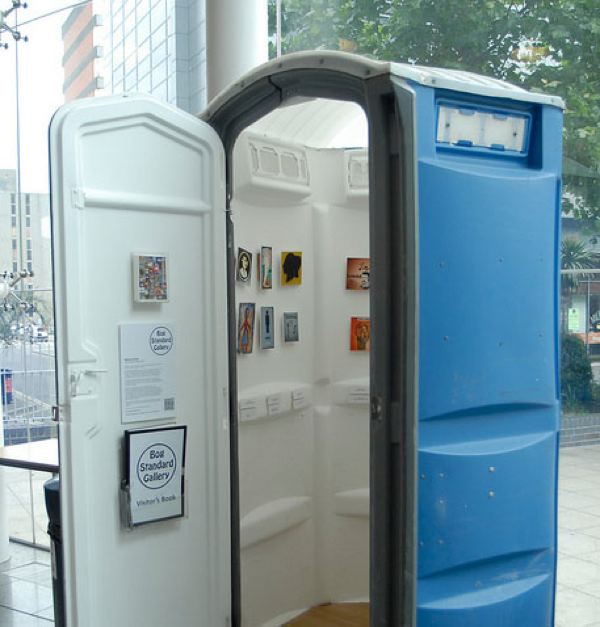
You could be forgiven for being a little confused upon wandering into the Bog Standard Gallery. Looking for a public toilet? You’ve found one. Looking for a public art gallery? Well, you’ve found one of those, too—possibly the smallest art gallery in the world.
Occasionally called “the Loovre,” it’s been touring the UK since 2007. It displays the curator’s collection of male and female toilet sign photos from all over the world.
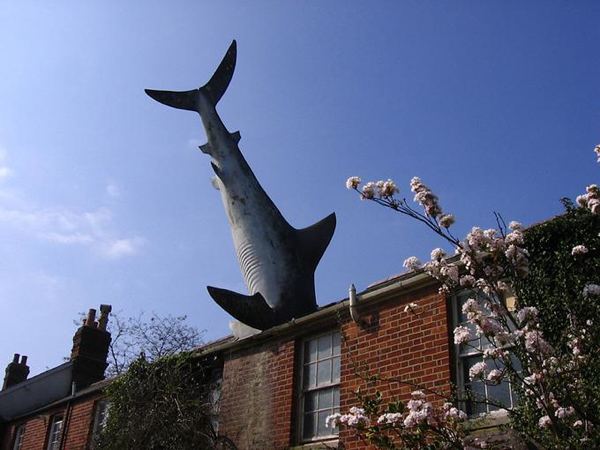
This is not what it looks like. Actually, it’s exactly what it looks like—a house with a gigantic shark sticking face-first into its roof.
This sculpture was commissioned in 1986 by the house’s owner who, when asked, had this to say about its meaning: “The shark was to express someone feeling totally impotent and ripping a hole in their roof out of a sense of impotence and anger and desperation.” Well, obviously.
The Oxford City Council tried to have it removed as a danger to the public with no luck—it turned out the shark met building standards.
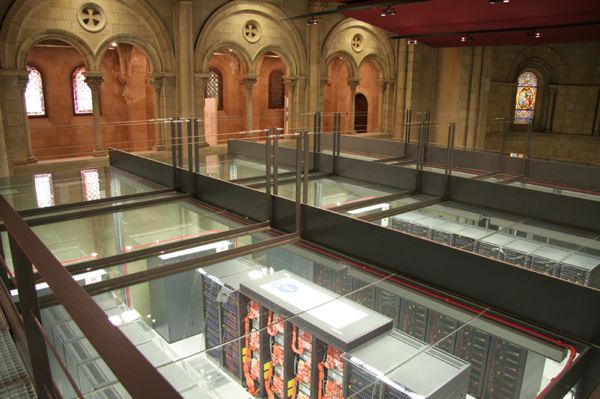
You’re looking at over 2,500 dual-core IBM servers—one heck of a lot of computing power—housed inside Torre Girona, a nineteenth century chapel that was used as a place of worship for Catholic monks as late as 1960.
Since 2005, it’s hosted the supercomputer known as Mare Nostrum. It’s the second most powerful computer in all of Spain, and at the time of writing, it’s ranked 465th in the world. It’s shared by the international scientific community, and is primarily used for human genome, protein and drug research. It also holds the distinction of residing in one of the last places you would ever expect to find a supercomputer.

Portland, Oregon, is home to the world’s smallest park and, with a total area of 452 square inches, you’re going to have a really tough time tossing a football around there.
Created in 1948, Mill Ends Park was originally designed as a base for a light pole. But, Oregon Journal columnist Dick Fagan decided to pretty the space up with some flowers, and named it after his newspaper column.
Of course he embellished that story a little; his version involves a leprechaun and a wishing for a park of his very own (though he forgets to specify how big the park should be, of course).

There is a tiny public airstrip just outside Green River, Wyoming. It’s one-mile-long, unattended dirt runway with no facilities and a single lonely windsock. Not particularly notable—except for the fact it’s officially an intergalactic spaceport.
In 1994, the City Council passed a resolution designating it specifically for “inhabitants of Jupiter who might wish to take sanctuary in Green River in the event their planet is threatened by collisions from comets or meteors.”
So far only non-E.T. aircraft have used the landing strip, but you never know. You just never know.
For more Floorwalker, you can visit him at his blog or on Cracked.com








